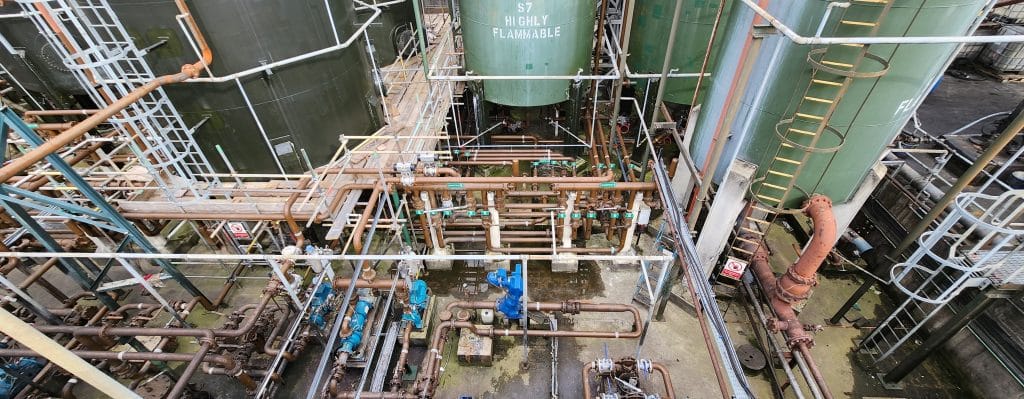NDT for Storage Tanks, Pipelines in Oil & Gas and Petrochemical Industries
NON-DESTRUCTIVE TESTING
NDT is a key tool for ensuring the reliability, safety, and cost-effectiveness of assets like storage tanks & pipelines
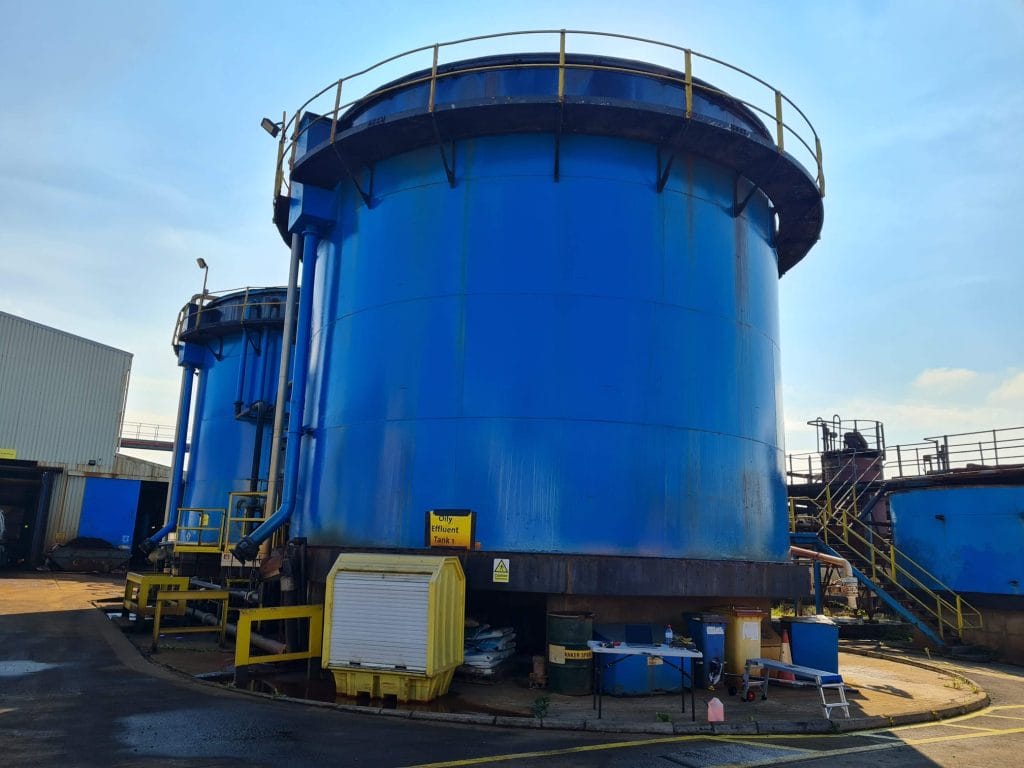
We inspect & adhere to EEMUA 159 guidelines for storage tank inspections & API 570 for pipelines.
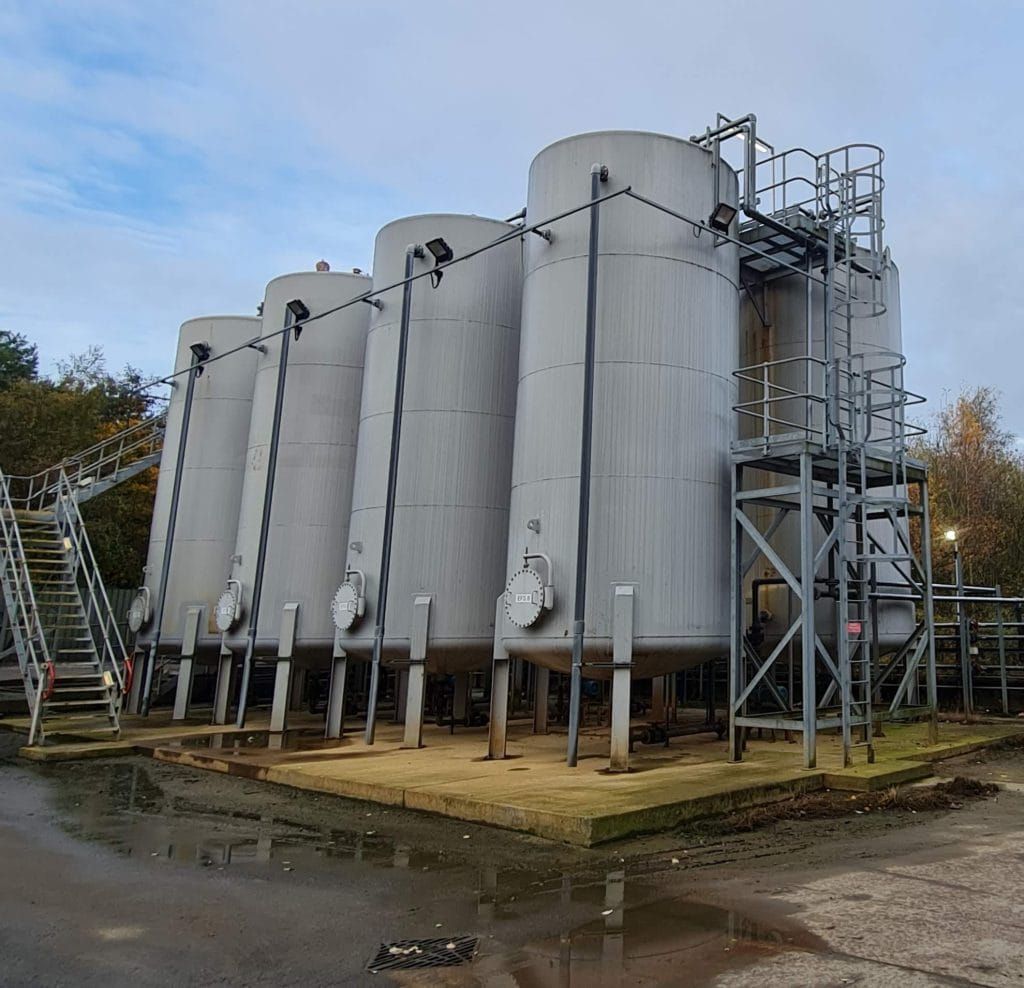
Advanced visual inspections & full NDT surveys
Ensure the safety, compliance, and longevity of your storage tanks with our EEMUA 159 inspection services. At Asset Integrity Survey, we provide expert storage tank inspections in line with industry best practices, helping you maintain operational efficiency and meet regulatory requirements.
From specialist visual inspections (using drone technology equipped with 4K cameras for unparalleled accuracy) to detailed non-destructive testing (NDT), we will be able to assess your assets.
Our NDT inspections use advanced techniques including ultrasonic testing, magnetic particle inspection & dye penetrant testing, to assess tank integrity, detect corrosion, and identify potential structural issues before they escalate. By adhering to EEMUA 159 guidelines, we help you reduce downtime, prevent costly failures, and extend the lifespan of your assets.
Maxamise Uptime, Minimise Risk!
Storage tanks & the pipelines that service them are a vital part of infrastructure across across various industries, storing essential substances, like liquids, gases, and other materials vital to industrial operations. Ranging from oils, petrochemicals, to water and pharmaceuticals, storage tanks are needed to ensure a reliable supply chain.
They support operational continuity for industries by accommodating large volumes of material thereby ensuring that industry has a reliable short/medium term supply chain. By facilitating efficient resource management and preventing supply disruptions, storage tanks play an important role in driving industrial productivity, safety, and economic stability across diverse sectors.
Tank & Pipeline Inspections
What’s the true cost of skipping regular tank inspections? It’s not just about compliance anymore—it’s about your bottom line and operational continuity.
GET A NDT INSPECTION TO AVOID:
SAFETY ASSURANCE
COST SAVINGS
LONG TERM ADVANTAGE
Benefits of Non-Destructive Testing
Enhanced Safety / Accident Prevention
NDT detects corrosion, defects & , cracks, without damaging the tank, preserving structural integrity & preventing dangerous failures that could endanger personnel, the site or the environment
Regulatory Compliance / Insurance
We inspect & adhere to EEMUA 159 guidelines for storage tank inspections & API 570 for pipelines. Regular NDT inspections of your storage & pipeline systems ensures compliance with regulatory standards & helps to prevent failures
Environmental Protection
Non-destructive testing of tanks & pipelines reduces environmental risks by detecting leaks, corrosion, and defects early, preventing spills and contamination.
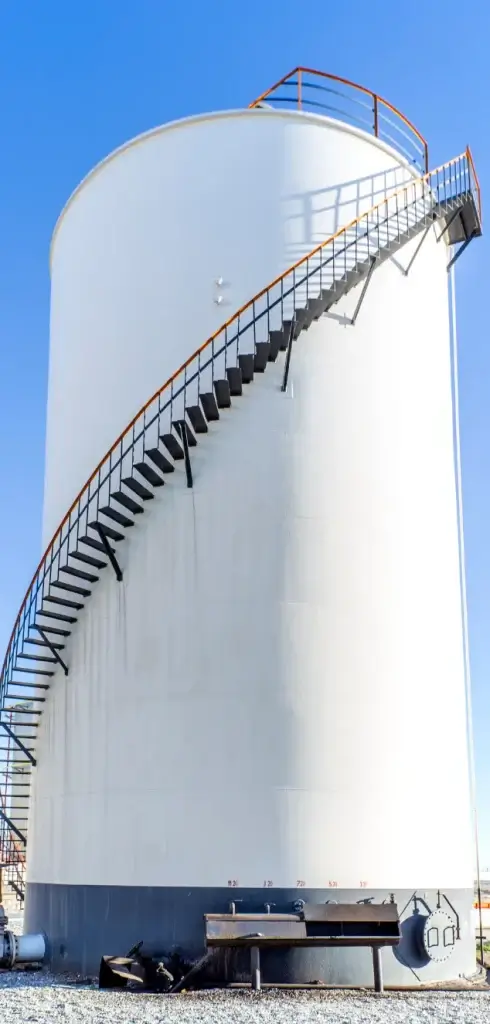
Cost Savings / Reduced Downtime
By identifying issues early without dismantling or destroying assets, NDT reduces repair costs, downtime, and the need for replacements. It enables predictive maintenance, saving resources over time.
Accurate Assessment helps Informed Decision-Making
Our NDT report give you an accurate assessment of tanks and pipelines providing precise data on the assets condition, enabling you to make informed maintenance decisions.
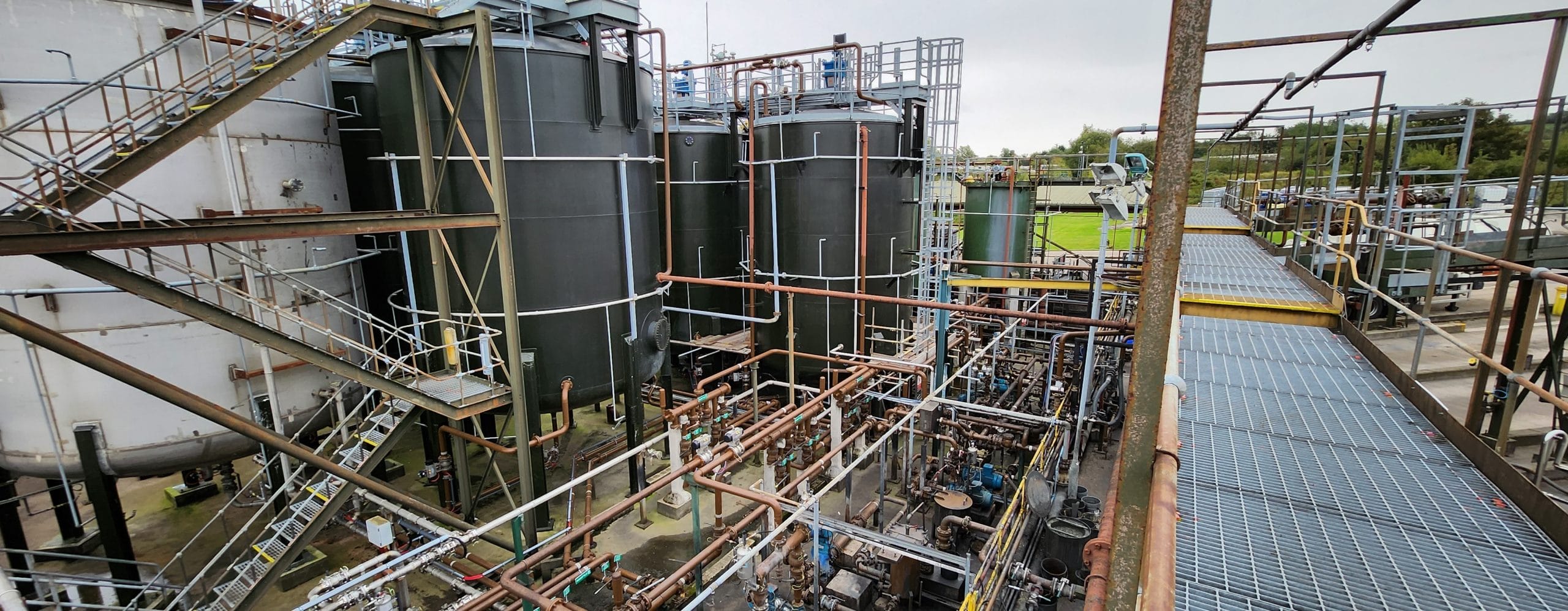
Extend Asset Life. Reduce Risk. Maximize Returns.
At Asset Integrity Survey, we are a team of dedicated professionals committed to safeguarding your critical infrastructure. With extensive experience in industrial asset management, non-destructive testing, and regulatory compliance, we provide comprehensive and reliable survey solutions designed to enhance the safety, efficiency, and longevity of your operations.
Our expertise is rooted in a deep understanding of industry standards and a proactive approach to mitigating risks, ensuring your assets meet and exceed performance expectations.

